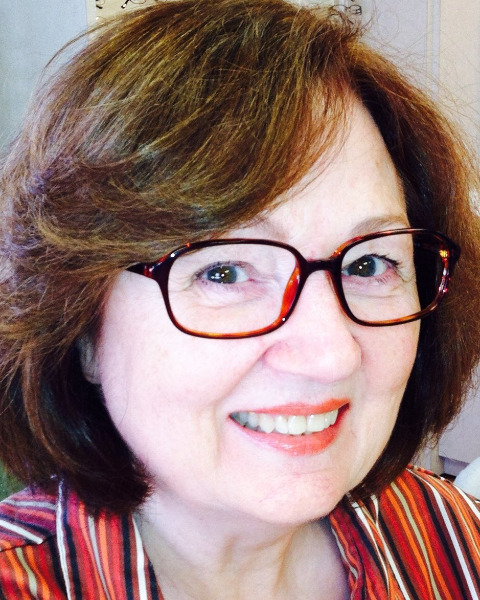Pediatrics (P)
(PP1102) Your Child Has Been Diagnosed with a Hearing Loss: A Journey of Rewarding Possibilities
- VM
Viviana Miglia
Student
California State University, Los Angeles, United States - MW
Margaret Winter, n/a
Clinic Director
California State University Los Angeles
Redlands, California, United States 
Mary D. McGinnis, Presenter
Faculty
Mount Saint Mary's University/John Tracy Center
Altadena, California, United States- MH
Miwako Hisagi, AuD, PhD
Assistant Professor
California State University, Los Angeles
Los Angeles, California, United States
Lead Presenter(s)
Presenter(s)
Using a phenomenological analysis approach, semi-structured interviews with parents and professionals provided insight into important decision-making points in the lived experiences of the informants regarding their child with hearing loss. Their experiences helped create an internet-based handbook designed to provide resources to families of children with hearing loss from diagnosis to three years of age. Internet resources in the handbook were created to meet the needs of families who speak English, Spanish, or are bilingual Spanish/English. The handbook will assist families in understanding audiological evaluations and making informed decisions regarding amplification, communication, and education.
Summary: Learning about their child’s hearing loss diagnosis can leave many caregivers wondering what their next steps are. The outcome of their child’s prognosis can be an area of concern since hearing loss may jeopardize linguistic and literacy competence. The project goal was to inform and guide caregivers along the journey of their child’s hearing loss from diagnosis to school entry (at three years of age) by providing them with an electronic handbook that caregivers can access at any time during their journey.
The qualitative study used a phenomenological analysis approach to explore the lived experiences parents and professionals have encountered during the process of diagnosis and treatment of hearing loss in early childhood, from birth to age three. Interviews were conducted with informants who match the targeted demographic of the project, which included parents of children who have been diagnosed with hearing loss who speak English, Spanish or are bilingual Spanish/English families. Purposive sampling identified seven parents and four professional informants who have experience with the diagnostic and treatment process.
An analysis of the themes from the semi-structured interviews revealed the content themes that were significant to the informants. These themes guided the search for internet resources in English and Spanish, resulting in the creation of an internet-based handbook. Criteria from research on evaluating web-based sites guided the format and organization of the handbook, as well as the inclusion or exclusion of sites.
Each informant suggested various concerns that caregivers might need to address on their journey. Analysis of the data led to the creation of an informational handbook in English and Spanish. The handbook describes the process so that families can understand the course through which they will access appropriate services and support. The handbook contains nine tabs: The Ear, Diagnosis, Goals, Behavioral Audiologic Evaluation, Amplification, Language, Resources: Private and Public, School Support, and Helpful Links.
Learning Objectives:
- Upon completion, participants will be able to identify ways to support caregivers by helping them understand evaluations and make informed decisions regarding amplification, communication, and education for their child.
